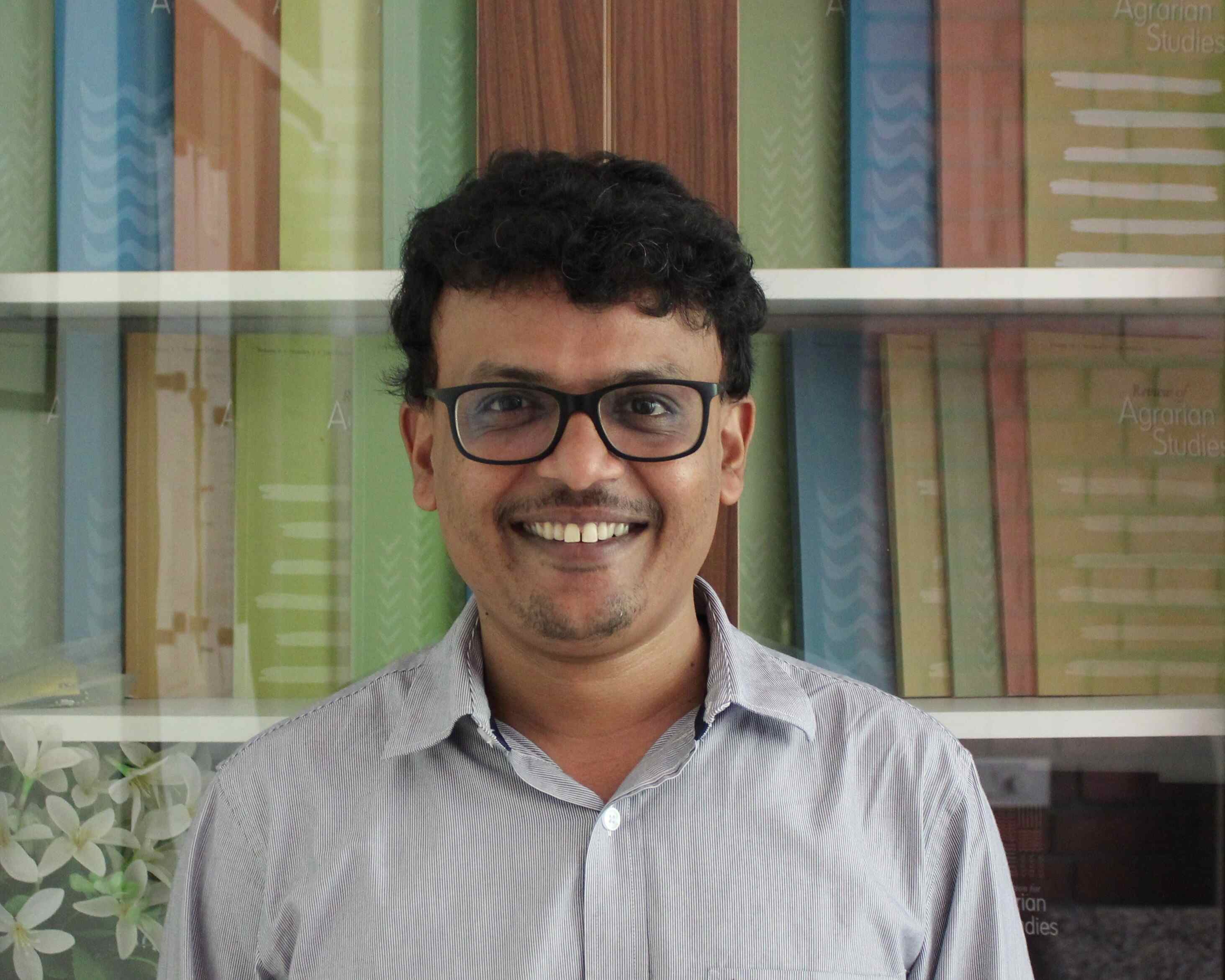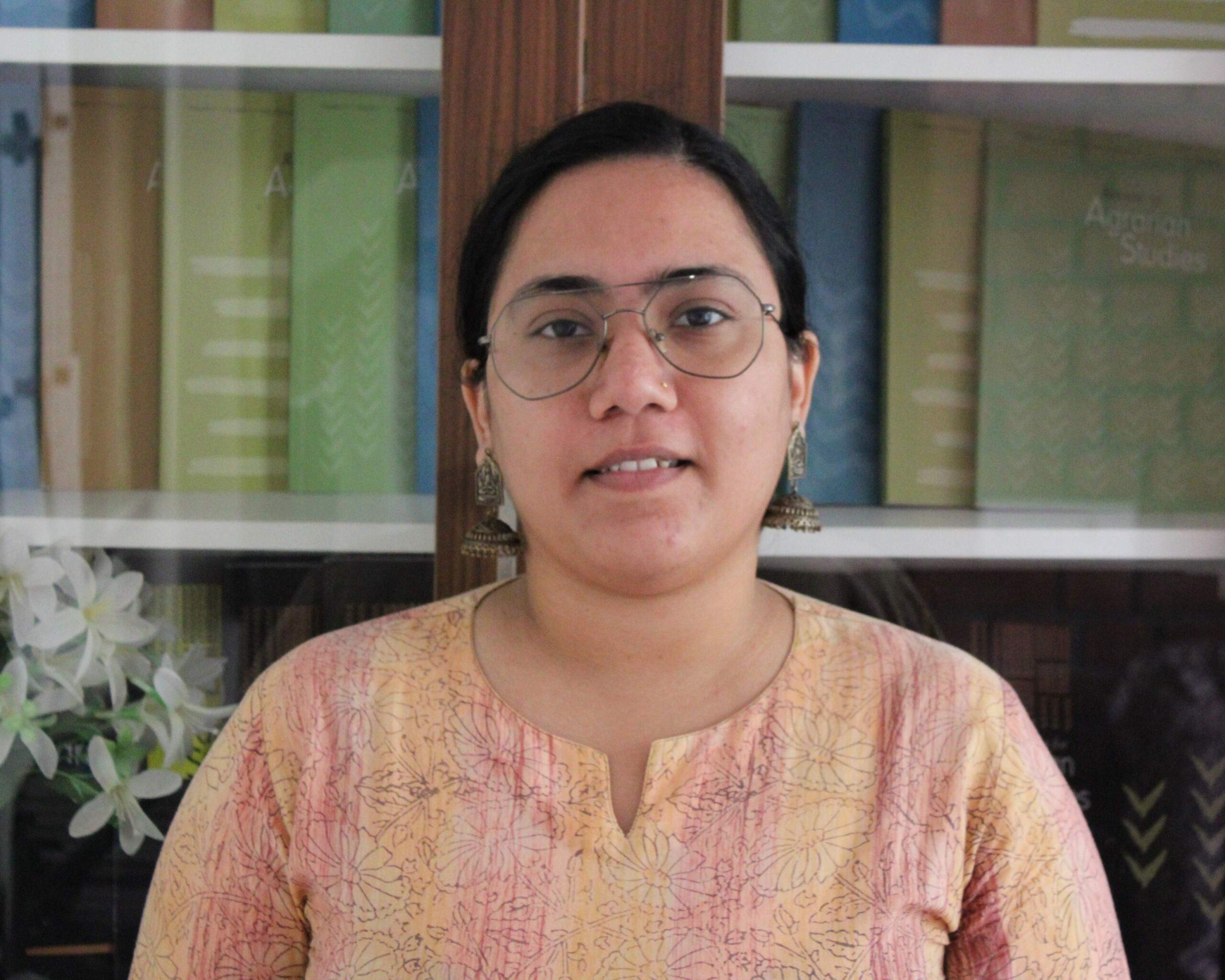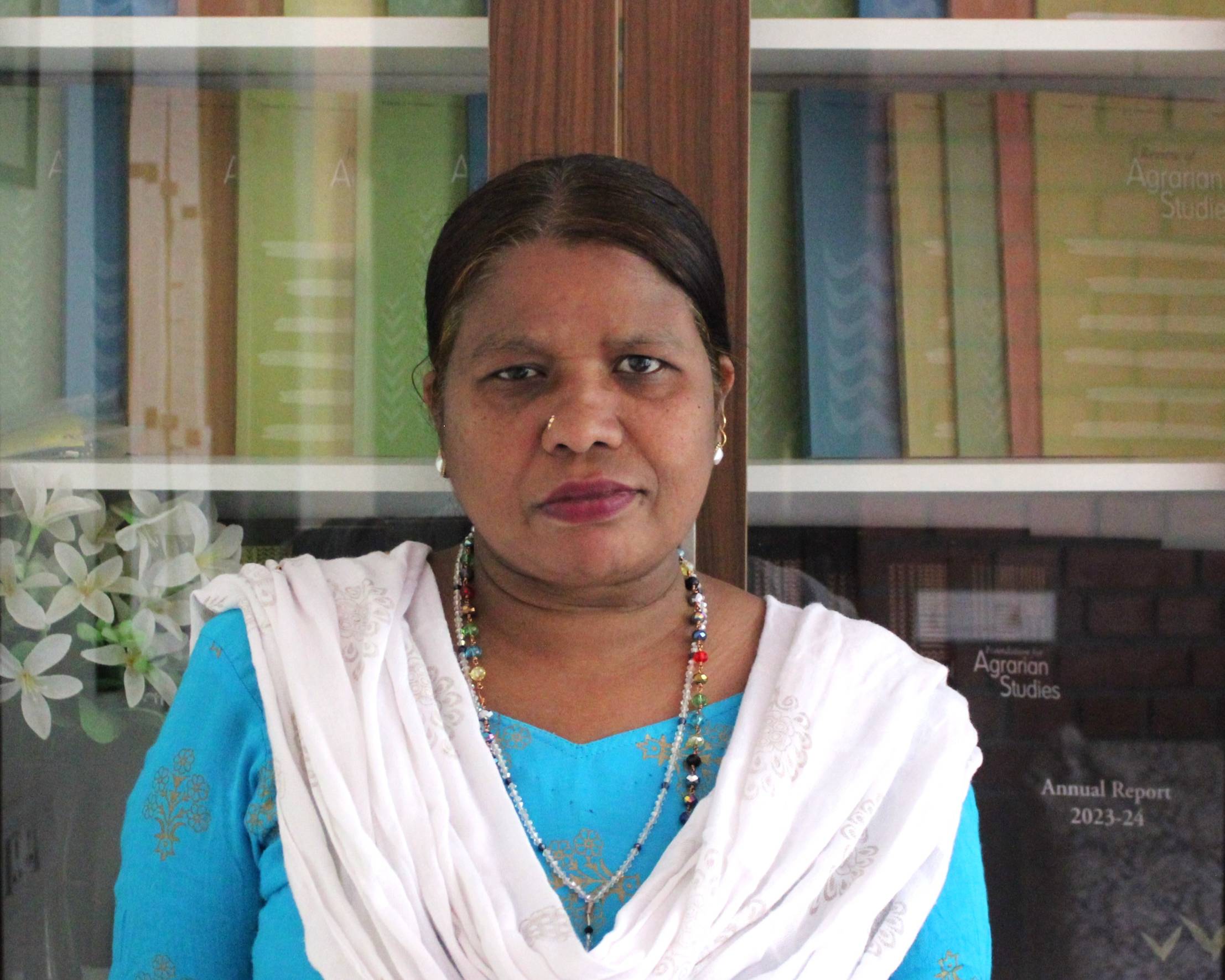In the small courtyard in Bhulni Panchayat’s Meheseleti village, 20 men share their stories, each echoing the other. No one wears a mask, and social distancing has been thrown to wind, even though the district, with 430 cases, is second on the state behind Patna, with 557. There are no officials to check, and the residents themselves gave up long ago. Here, the fear of the virus has been replaced by fear of hunger.[1]
The above excerpt perfectly captures the dilemma that haunts poor migrant workers of rural India, who had to go back to their villages due to the Covid-19 pandemic crisis and the lockdown that followed, but are now stuck in their villages without sources of earnings. It is a reflection of the crisis of incomes and employment that rural India continues to suffer from, as well as the critical part that migration increasingly plays in supporting the household economies of the poor in the countryside.

Migrant agricultural workers from Katkuian, Bihar, in Tehang, Punjab (FAS File Photo from Bihar Survey held in May-July 2012).
The pandemic has exposed both the crucial role played by migrant workers in maintaining material production across sectors, and the extreme vulnerabilities of their lives and living conditions. Both these aspects hold true for the developed countries as well as for developing economies like India. In addition to sustaining production at the place of destination, the incomes sent back by the migrants play a major part in sustaining the economy of the source region, as well as the economy of their households. The latter in particular is the case among the poor in rural India, where migration is mainly a consequence of economic distress, and lack of employment opportunities at the place of origin. For the income-poor villages, particularly in the poorer States like Bihar, Jharkhand, Madhya Pradesh, Orissa, Uttar Pradesh, and West Bengal, migration increasingly constitutes a livelihood strategy, a strategy that has collapsed as a consequence of the pandemic crisis. The closure of activity in the informal sector of the Indian economy, that absorbs a bulk of the poor migrant workers, and the censure of mobility brought about by the lockdown have implied that incomes from migration have dried up.
What does the absence of earnings due to migration mean in terms of loss of income for different socio-economic classes in rural India? This note tries to briefly assess this question for two villages in North Bihar — Katkuian in West Champaran district and Nayanagar in Samastipur district. Both the villages fall in the north-west alluvial Gangetic region. They were surveyed by the Foundation of Agrarian Studies (FAS) in May-July, 2012, and again in June 2018, as part of the Project on Agrarian Relations in India (PARI).
Prevalence of Migration
Migration played a significant role in the household economies of both Katkuian and Nayanagar. The migrants from these two villages can be broadly classified as: (i) those who migrate for work, or migrant workers, and (ii) those who move out for education, or accompany other migrants but do not work.
The data from PARI surveys in 2011-12 clearly highlight the prevalence of out-migration in the two villages. Almost 60 per cent of all households in both the villages had at least one migrant member. Migrants constituted 14 per cent of the population in Katkuian, and 23 per cent in Nayanagar. These numbers have further increased in 2018.
If we narrow our focus to migrant workers, we find that more than half of all households in both the villages had at least, one member who was a migrant worker. Migrant workers constitute almost one-fourth of the total worker population in Katkuian, and more than one third of the worker population in Nayanagar.
Differentiation within Migrant Workers
Within the broad category of migrant workers there is a clear differentiation that reflects the differentiation within the village economy. There is a section of migrant workers who are involved in more stable employment. They earn regular salaries and some of them may even have continued with their employment under the lockdown. There is another section that is engaged in the informal sector mostly in casual employment, and in petty self-employment activities. They labour in both agricultural, and non-agricultural tasks including construction, loading and unloading, and contractual work in factories.
Data from the 2012 PARI survey show that about a quarter of all migrant workers from Katkuian village were salaried workers, while the remaining three-fourths worked as casual labour in different parts of the country, particularly North India. Almost 85 per cent of the latter section of migrant workers belonged to the class of landless manual workers, or manual workers who operate meagre landholdings. Members from the class of poor peasants from the village contributed another 10 per cent to the mass of migrant workers who travelled to participate in casual work.
Historically, an important destination for these migrant workers from Katkuian has been Tehang, a village in Jalandhar district in Punjab that was surveyed in 2011 as part of PARI. Manual workers from the village migrate in large groups to Tehang in the agricultural season for harvesting and transplanting operations. An interesting feature of this network of migration is the presence of a few long term workers from Katkuian in Tehang. These long terms workers from Katkuian have annual contracts (informal) with capitalist farmers in Tehang. These workers perform different agricultural tasks, as well as household chores of the capitalist farmer households. They are also responsible for maintenance of livestock. Interestingly, some migrant workers from Katkuian are permanently settled in Tehang village. The long term workers, in a sense, regulate the flow of seasonal migration from Katkuian to Tehang, by passing on information regarding availability of agricultural work. The 2018 data from Katkuian, however, also indicate an increase in migration, especially among the youth, from the village for non-agricultural work to other parts of the country (including South India).
In Nayanagar, a little less than half of the migrant workers engage in salaried work. These workers belong to all socio-economic classes. The other half worked in the the non-agricultural informal sector mostly as casual labour (although a few of them were also engaged in petty business), in different parts of the country. Many of them migrated to the National Capital Region (NCR). More than 85 per cent of this category of migrants belonged to the class of manual workers.
In other words manual workers households from both the villages constitute the major source of migration for labour. And an overwhelming proportion of (almost 80 per cent) of all migrant workers from this socio-economic category engage in casual labour in the informal sector, or petty business – a sector that has beens severely affected by the pandemic – at the destination.
It is also noteworthy that the class of manual workers in both the villages overwhelmingly belonged to the most disadvantaged caste groups. More than 70 per cent of manual workers in Katkuian, and more than 80 per cent in Nayanagar, belonged to either the Scheduled Castes (SC) or to Extremely backward Classes (EBC).
Income from Migration
While the incomes from migration plays an increasingly important role in the economy of the villages, its role in sustaining the economy of the manual worker households is particularly critical. In 2012, the overall share of income from migration added up to about one-fourth of the total income generated in Katkuian. In Nayanagar, about 17 per cent of the overall income generated in the village was due to migration.
This share of income from migration to household income varied sharply across socio-economic classes. In 2012, more than a half of the total household incomes of manual workers households in Katkuian was due to earnings of the migrant members. In Nayanagar, this contributed to almost 70 per cent of the total income of manual workers. Strikingly, if we remove the share of income from migration from the average monthly income of manual worker households, the latter comes down to a lowly Rs. 2248 in Katkuian, and Rs. 1188 in Nayanagar. This clearly showed that incomes earned by migrant members constituted the most important source of income for manual worker households in the two villages. This pattern persisted in 2018 as well.
In terms of caste, the data reveal that nearly 50 per cent of the incomes of the Scheduled Caste Households from the villages is due to migration. The proportion is significantly high even among the other backward classes. In Katkuian, the proportion is a little less than 40 percent for the EBC households. In Nayanagar, about 60 per cent of the incomes of all backward class households can be attributed to incomes from migration.
The pandemic and lockdown meant that this increasingly significant, if not the most critical, source of income for the poorer and socially disadvantaged sections of the villages has collapsed. This at a time when there is limited work available in the countryside, particularly in the non-agricultural sectors.[2] Noticeably, the villages, Katkuian and Nayanagar, fall in districts that have been selected as part of the Garib Kalyan Rojgar Abhiyan, a central scheme, launched on June 20, 2020, that aims to provide employment opportunities to migrant workers who had to return to their villages due to the pandemic crisis and the lockdown. However, none of the migrant workers from the two villages, we spoke to over telephone seem to be aware of the scheme. A few of them did report getting some work under Mahatma Gandhi National Rural Employment Guarantee Act (MGNREGA), but the overriding sentiment is that of hopelessness.
In the absence of much hope of employment in their villages, it is no wonder that migrant workers from the class of manual workers from both the villages are eager to return to their usual place of work, notwithstanding the associated health risks. The question that, however, remains at large is, what is the kind of work (and on what terms and conditions) that would now be available to them in their destination? While villagers from Katkuian reported that more than a few migrant workers have recently traveled to villages in Punjab for agricultural work, a migrant from Nayanagar who recently went to Katabari in Karimganj district in Assam for non-agricultural work complained about lack of employment opportunities there, and is now planning to return.
It is clear that the blow to migration due to the pandemic crisis is pushing the already poor families in the villages deeper into poverty, and will certainly have longer term implications for our fight against rural poverty in India.
[1] “First Covid, now hunger, Bhagalpur migrants start packing – again,” Dipankar Ghose, Indian Express, June 28, 2020, available here.
[2] See the research note on the “Impact of Covid-19 on Indian Villages.” On the impact of the pandemic crisis on non-farm sector, see this.












































































